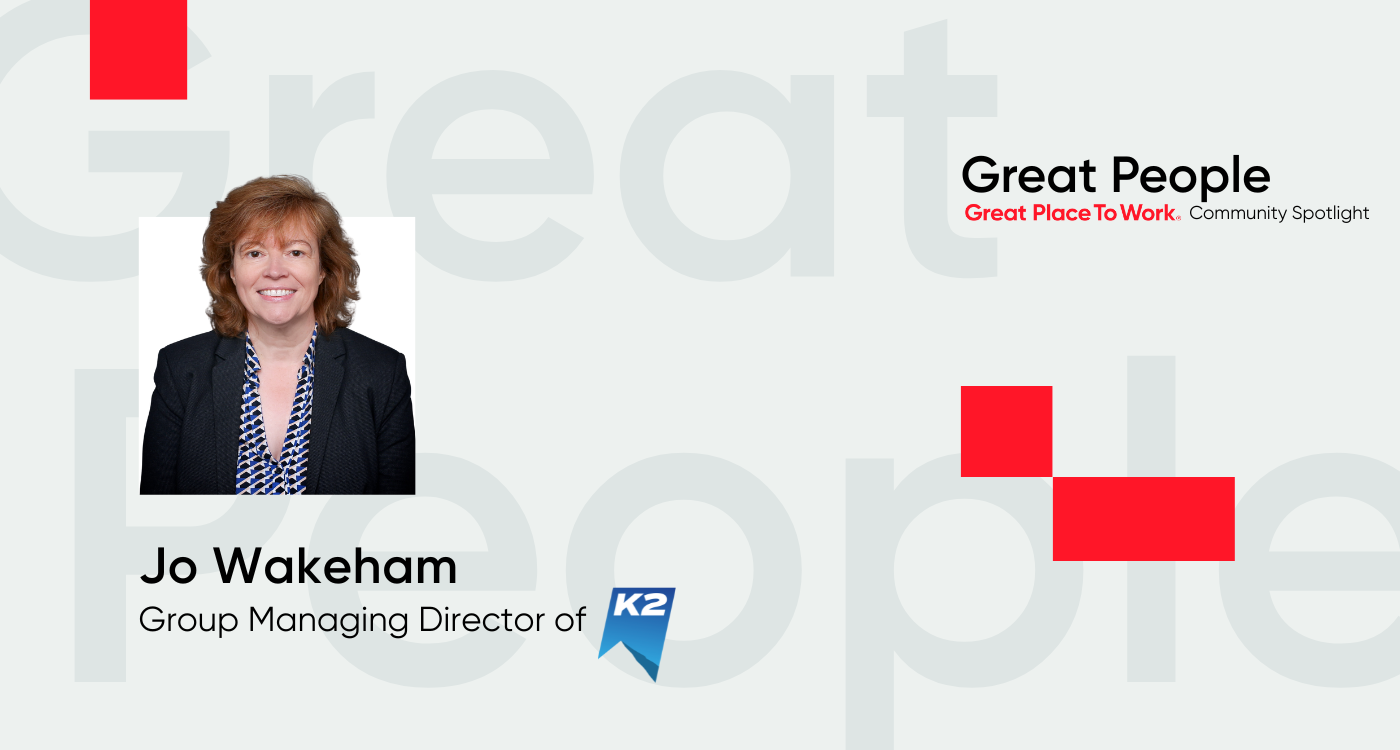Employee training and development isn’t just about teaching employees to do their jobs. It’s about showing employees they are valued and that upward movement in the organisation is possible. When employees don’t see opportunity, they don’t bring their best selves to work.
“Give a person a fish and you feed them for a day; teach a person to fish and you feed them for a lifetime.”
It’s a proverb we all know — so common it’s become cliché. But clichés come from truth. Amid the busyness of running a business, it can be easy to forget the importance of good training. How often have you said, “I’ll do it myself” because teaching someone else seemed too time-consuming? But how often are you frustrated the next time that same task comes around and you have to do it yourself again?
Of course, employee training isn’t just about delegating or making things easier for management. A solid and unique training and development program can give employees a sense of ownership in their role and a future vision with the organisation - so it's no surprise that it's fast becoming a priority for employees
In fact, in a study by Corndel, nearly two thirds (60%) of workers were reported more likely to select a role containing a career progression plan over an identical job that offered a higher salary. As well as this, LinkedIn has found that the top 2 priorities for 18 to 34-year-olds when considering a new job are opportunities for career growth within the company, and opportunities to learn and develop new skills.
“Employees view it as a way of support,” says Julian Lute, senior manager and strategic advisor with Great Place To Work®. “You’re assisting them in doing their jobs. But if you go one level deeper, you’re also supporting this very human need for growth. When people don’t see themselves growing, you don’t get the best out of them.”
What is an employee training and development program?
An employee training and development program is a series of educational activities designed to improve employees’ knowledge and skills.
The most obvious type of employee training is technical training — teaching them their job duties, the company’s processes and systems, and the organisation’s overarching mission and mandate. But training can also cover soft skills such as people management or upskilling beyond an employee’s current role to prepare them for a promotion.
Employee training can take many different forms, such as group workshops, one-on-one sessions, formal education (e.g., college or university), job shadowing, mentorship, seminars, or job sharing.
The 4 approaches to employee development
While the types of employee training and development programs can be as varied as your employees themselves, all training plans will typically fall into one of four categories:
Formal education — The formal training and practical requirements for a given role, such as a specific degree, licence, or certification.
Assessment — The employee performance reviews, one-on-ones, and any other efforts used to measure strengths and weaknesses and find ways for employees to improve.
Job experience — The day-to-day, hands-on learning employees do as they master their role, take on new challenges, and grow within the organisation.
Interpersonal relationships — The coaching, mentorships, and any soft skills or interpersonal training employees may complete, such as customer service training, diversity and inclusion training, mental health education, or conflict resolution training.
The benefits of training and developing your employees
Employee training and development is important for ensuring that staff are prepared for their role; that they feel supported, valued, and capable; and that they have upward movement. Training and development can have a direct impact on employee engagement and retention and should be an integral part of your talent management strategy.
Engaged employees want to grow, and they want to be challenged. They aren’t looking to simply work at a job; they are looking to further their careers.
Employee training and development is both present- and future-focused. Employee learning programs support your people in meeting the challenges of the business, today. And employee learning programs create a pipeline of leaders to meet the societal and technological challenges of tomorrow.
Employee training also ensures people feel valued, and feel that their employer sees them playing a role in the long term. This feeds into the overall company culture. In fact, in our survey of employees at the 2023 UK's Best Workplaces™, 82% said that they are offered training and resources to develop professionally - compared to the UK average of 60%.
The difference between training and development
While employee training and development are commonly lumped together, and both serve a critical role in the employee experience, there is an important distinction between the two.
Training is job-specific. It is ensuring an employee has the correct tools and learns the correct skills to complete their tasks. It is immediate and measured in short-term results.
Development is about employee growth. It is long-term and more behavioural-focused.
“Development is much more of a conversation than training,” says Julian. “Where do you want to grow? How do we need you to grow? It requires a bit more vulnerability. Training assumes you have a skill gap or knowledge gap, whereas with development, you must be willing to lean into it to fully realise the benefits.”
Training fuels recruitment
Given the basic human desire for growth, companies that are seeking top talent would be wise to promote their training and development efforts. Featuring opportunities for growth and development as major benefits in its EVP demonstrates an employer’s commitment.
Use your career site to highlight your company’s opportunities for professional growth and development — whether it be challenging work assignments, a strong investment in training and development programs, frequent opportunities to work closely with senior leaders, or a commitment to promoting from within.
Developing by building an internal talent marketplace
Some organisations are helping employees advance with an internal talent marketplace. An internal talent marketplace is a platform or system within an organisation that facilitates identifying, developing, and retaining top talent by providing employees with opportunities for growth and career advancement.
This marketplace enables employees to explore different roles, projects, or positions within the company, promoting internal mobility, skill development, and cross-functional collaboration. By creating an internal talent marketplace, organisations can better retain talent, improve employee satisfaction, and enhance their overall agility while reducing the need for external hiring.
| Useful Read: What is Internal Mobility and Why Does it Matter?
Examples of unique employee training and development programs
We love hearing the innovative way our clients are creating great workplaces. Here are some examples of how they're promoting learning and development at their organisations:
One software company has a wall in their office where employees can share their areas of expertise, as well as areas they would like to learn more about. This way, people can match up to transfer knowledge and develop their skills and expertise peer-to-peer.
At Cisco, employees can use the ‘Talent Marketplace’ to seek out one-time projects and stretch assignments that allow them to get a taste of other departments across the firm. Anyone can post a stretch assignment or apply to an available assignment.
Depending on their career ambitions, employees at one large company are given either a vertical career roadmap or a horizontal one, so they can clearly see what their path could look like and how to get there.
Discover what your employees think of your training and development strategy and what you can do to upgrade it
.png)
.png?width=600&height=200&name=CTA%20Banner%20(1).png)










